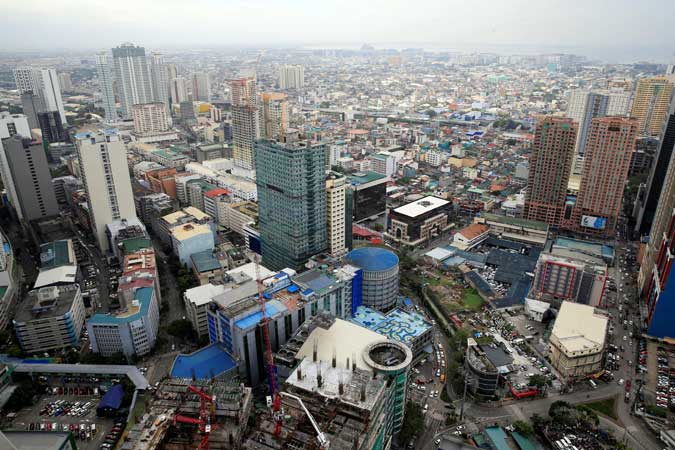
URBAN PLANNING in the Philippines is often dictated by the whims of politicians, who fail to take into account traffic, commerce, and the environment, an urban planning expert said.
“We have 1,600 local government units (LGUs) and not many of them have experts in planning, and planners are under engineering departments. Many of them are political appointees,” Felino A. Palafox, Jr., Palafox Associates principal architect-urban planner and founder, said during the Philippine Star Property Report PH’s online forum on Monday.
“I’ve spoken to someone, ‘Why did you approve this type of land use?’ You know what I was told? ‘Architect, that’s a political decision; it’s not an urban planning decision.’ Urban planners are superseded by political decisions. So urban planning in the Philippines is run mostly by politicians, if I may say,” he added.
Mr. Palafox said the government and the private sector should work towards creating cities where traffic and environment are given extra attention in the planning stage.
One of the solutions is to review the existing “obsolete laws,” including the National Building Code.
Mr. Palafox said the Philippines should develop vertical cities to accommodate more people, lessen the traffic, and preserve open spaces.
“One of the problems of the cities… is that they don’t consider the environment. They don’t consider the traffic. And here comes LGUs approving things and land use… We have to go towards vertical cities, so we will have more open spaces. It’s really about planning,” he said.
“It’s not enough that we have blueprints, blueprints, blueprints. We need a planning system, not just blueprints, blueprints, blueprints,” Mr. Palafox added.
On the government side, Department of Public Works and Highways (DPWH) Build, Build, Build Chairperson Anna Mae Y. Lamentillo said they believe in “design and masterplans.”
“For example, the Luzon Spine Expressway Network. We really did the masterplan first and looked at the numbers before undertaking which projects to prioritize and how much these will benefit the Filipino public,” she noted.
“I agree that there is a need for pedestrian infrastructure. We have been pushing for pedestrian infrastructure ourselves. In fact, the DPWH has issued several department orders related to that,” she added.
To recall, Public Works Secretary Mark A. Villar issued a department order last year prescribing the standard design of bicycle lanes along national highways.
Mr. Villar also mandated all DPWH operational units to include pedestrian facilities in all new road projects.
“We cannot do much on existing projects, but on new projects, they have to include pedestrian and bicycle components from the onset of the project,” Ms. Lamentillo added.
For the private sector, Buddy Tan, transport planning head of Ayala Land, Inc., said: “In Ayala, it’s always about creating value for your investment… in terms of facilities, utilities, and infrastructure.”
“We have always maintained that. We put the best efforts in doing what we can in whatever the private sector is asked to do when we get involved in a project,” he added.
#realestateblogph | #realestateblogphpropertynews | #REBPH | #realestate | #urbanplanning | #township | #infrastructure
Article and Photo originally posted by Business Mirror last February 23, 2021, 12:03am and written by Arjay L. Balinbin.







More Stories
Vista Land Celebrates 50 Years with Sandiwa: An Event Honoring Leadership, Legacy, and the Filipino Dream of Homeownership
Vista Land Celebrates Love Month in Ilocos Region
Vista Land Bridges Cebuano Heritage and Progress with Valencia by Vista Estates